One month from now, Jonathan Fisher’s historic painting of Nassau Hall will disappear from the walls of Firestone Library and reappear down the street at the Morven Museum and Garden. Beginning June 1, 2008, it will be a part of Morven’s exhibition Picturing Princeton 1783: The Nation’s Capital celebrating the 225th anniversary of the coming of the Continental Congress to Princeton, New Jersey. The exhibition includes paintings, sculpture, books, manuscripts, and historical documents, with loans from Princeton University Library, Princeton University Art Museum, Princeton Historical Society, and dozens of other museums and archives around the country.
As explained on Morven’s website
Princeton made an ideal temporary meeting place. It was centrally located to all of the colonies, but far enough removed from the mutinous troops to be considered safe. Another attraction was that Elias Boudinot had close family ties in Princeton - his recently widowed sister Annis Boudinot Stockton lived at Morven, a large mansion near the center of town. Her husband Richard Stockton, who had died in 1781, had been a member of Congress and signer of the Declaration of Independence in 1776. Elias Boudinot initially took up residence with his sister at Morven and entertained members of Congress there, including hosting an Independence Day Jubilee. … Residents of Princeton enthusiastically welcomed Congress with a proclamation of support and opened their doors for lodging and victuals. Overnight, Princeton was transformed from an obscure village into the nation’s capital.
For more information on community-wide events, visit http://revolutionaryprinceton.org/index.html

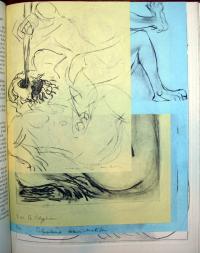
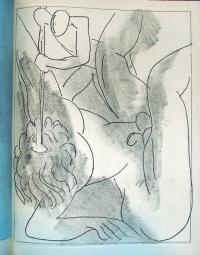
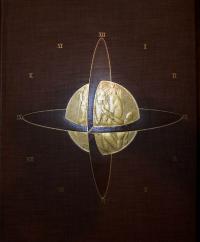
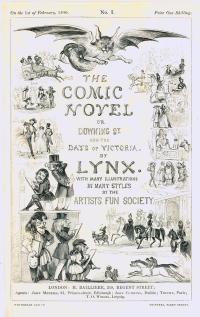
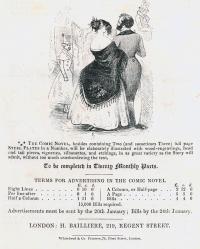
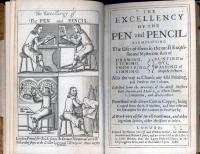
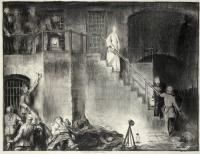


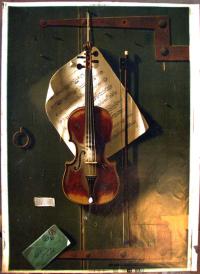
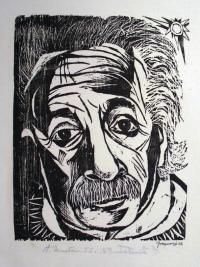
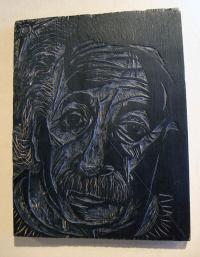
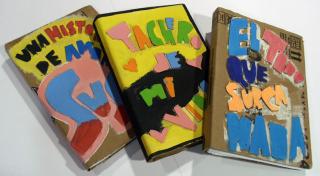
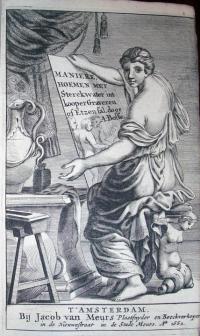
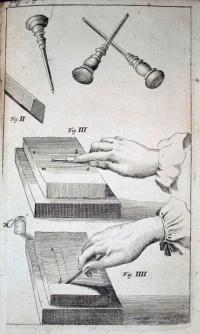
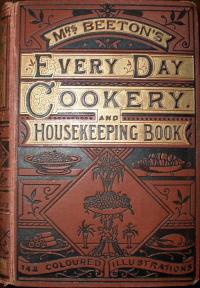

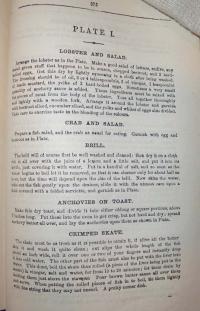

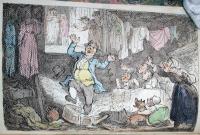

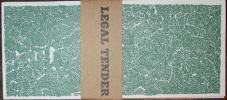

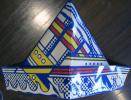
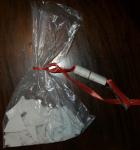

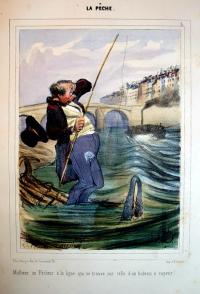

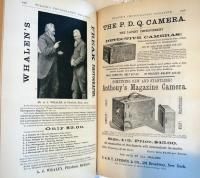
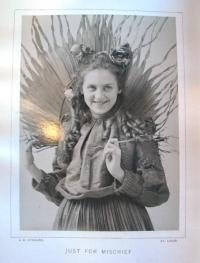
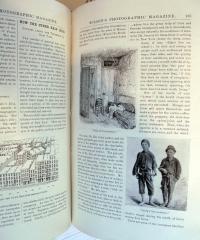

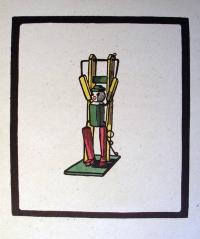
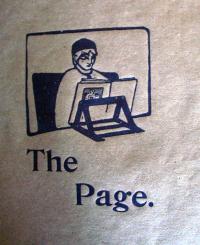

Recent Comments